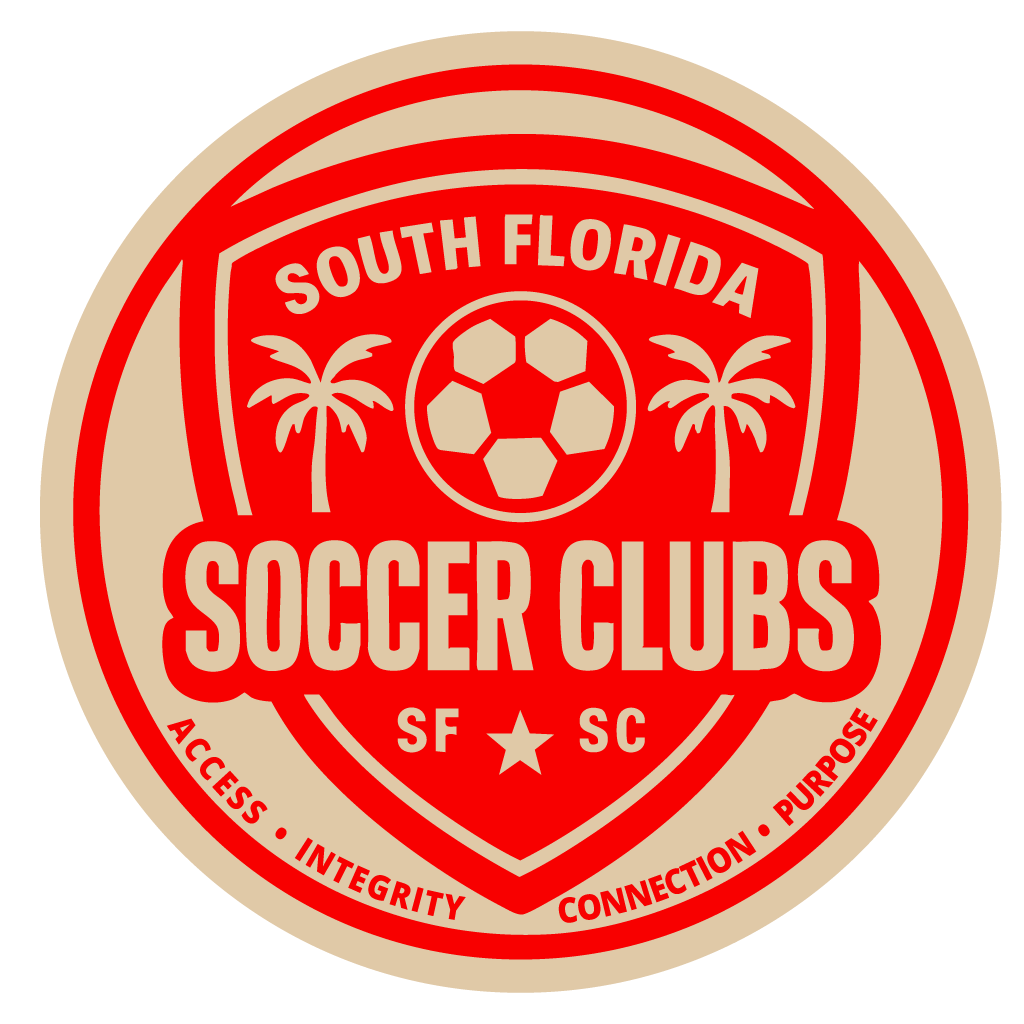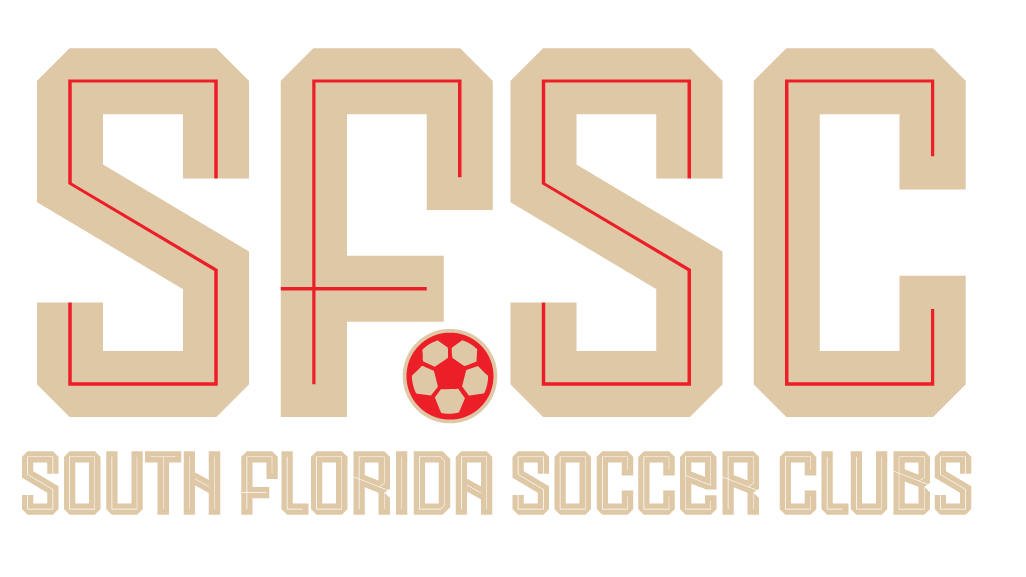Understanding Roster Sizes by Age & League
Soccer teams vary in size depending on the age group, league, and level of play. Whether you’re joining a recreational team or chasing a college scholarship, knowing how many players are typically on a roster—and how many actually get called up on game day—can help you manage expectations and prepare accordingly.
Youth Soccer Roster Sizes (U6–U19)
Note: These are typical roster sizes for competitive (club/travel) teams. Recreational teams may vary and often allow more players to rotate and ensure playing time.
| Age Group | Game Format | Max Roster | Typical Starters | Called up for games |
|---|---|---|---|---|
| U6-U8 | 4v4 | 6-8 | 4 | All Play |
| U9-U10 | 7v7 | 10-12 | 7 | 10-12 |
| U11-U12 | 9v9 | 12-14 | 9 | 12-14 |
| U13-U19 | 11v11 | 16-22 | 11 | Usually 14 -18 |
ECNL / MLS NEXT / USL Academy
Coaches may not call every player to each match or showcase. This often depends on the opponent, strategy, or travel logistics.
| League | Max Roster Size | Game Day Squad | Notes |
|---|---|---|---|
| ECNL | 22-26 | 18-20 | May rotate players per showcase |
| MLS NEXT | 22-30 | 18-20 | Flexibility for player development |
| USL A | 22-26 | 18-20 | Can include senior USL players for exposure |
High School Soccer (Varsity & JV)
Some varsity programs carry larger squads but rotate heavily or dress only a select group on game day.
| Level | Max Roster Size | Typical Called Up Players |
|---|---|---|
| JV Teams | 15-22 | 16-20 |
| Varsity | 16-25 | 18-22 |
College Soccer (NCAA/NAIA)
Coaches typically bring two players per position and 3 goalkeepers. The rest rotate during the season or serve as redshirts/future development players.
| Division | Max Roster Size | Game Day Squad |
|---|---|---|
| NCAA D1 | 26-30 + | 18-22 |
| NCAA D2/D3 | 22-28 | 18-22 |
| NAIA | 20-28 | 18-22 |
Professional Soccer
Smart planning: Many clubs double up each position, so there’s backup and rotation for every starter.
| League | Max Roster Size | Game day squad | Notes |
|---|---|---|---|
| MLS | 30 | 20 (18+2GK's) | 5 subs allowed |
| USL | 24-30 | 18-20 | Clubs may vary |
| Europpean leagues | 23-25 (UEFA Rules) | 18-20 | Academy players can be called up |
Typical Roster Composition (11v11)
| Position | Quantity per roster (Average) |
|---|---|
| Goalkeepers | 2-3 |
| Center backs | 2-5 |
| Fullbacks (RB/LB) | 3-4 |
| Central Mids | 4-6 |
| Wingers Wide Mids | 3-5 |
| Strikers / Forwards | 2-4 |
Why This Matters
- Parents understand why a player might not get called every game.
- Players prepare for positional flexibility to increase chances of playing time.
- Coaches build rosters based on depth, injuries, and tournament schedules.
Bonus Tip:
Being the second-best in multiple roles can be more valuable than being the third-best in one. Coaches love utility players who can play center mid and right back when needed.






